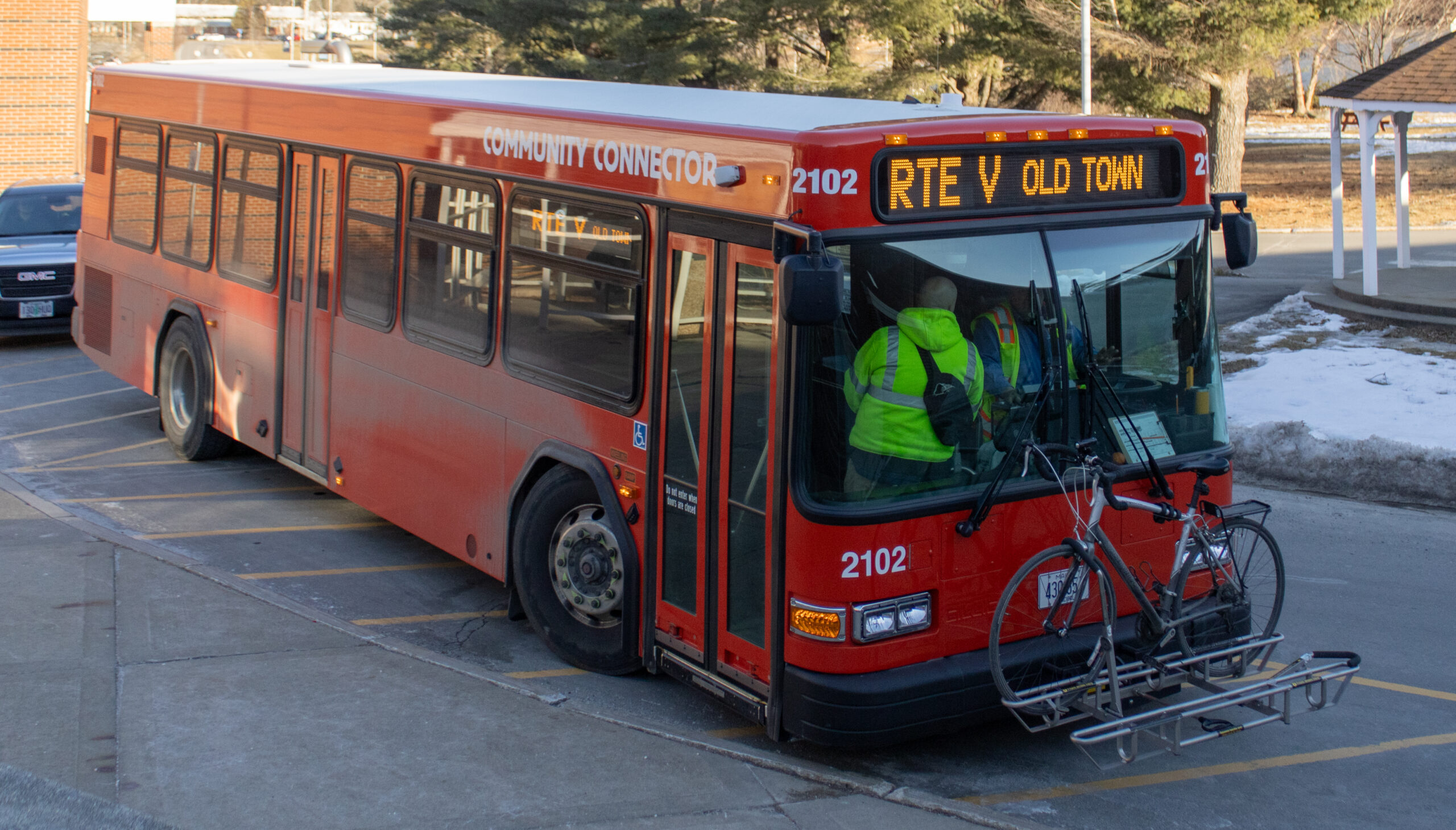If you ask on-campus students what their least favorite part of dorm life is, you have a good chance of hearing all about the shortcomings of residential parking on campus. Being a student in one of the BCEP dorms (Balentine, Colvin, Estabrooke, Penobscot) means hearing regular complaints about not being able to park in front of the building and having to park in the Steam Plant lot, which can often result in walking back alone at night on College Avenue—home to both regular traffic and Frat Row. This often becomes a source of anxiety during the winter. Similar complaints may be heard at upperclassmen dorms like DTAV/Patch, where students return from a long day of shadowing and internships and must then park at the end of the hilltop lot. Residential students may feel that the lots for commuters and professors, which tend to lie vacant at night, would be better suited to service on-campus students. While it is certainly true that lots for these demographics must and should exist, there is potentially a way to mitigate the need for lots—especially commuter lots.
Off-campus student Tyler Levesque has personally observed a problem with traffic congestion that is, in his eyes, perfectly solvable. He says that the university has a necessity for cars because there is no other safe option. The bus system runs for only 12 hours a day with no stops past 6 p.m. and only comes in 30-minute intervals. This means a student who misses their bus by even a minute will have to wait another 30 minutes for a second chance, which might completely destroy the purpose of taking the bus. He also asserts that the bus stops don’t feel adequate and that they are instead only signs on the road.
A significant number of the student population lives just within a couple of miles of the campus, in major apartment complexes such as the Ave, the Reserve and Orchard Trails. Despite this distance being one that is theoretically walkable, there is still the lack of a safe way to do this. There are two paths—the Park Street roundabout and a walking trail that cuts through the woods. Neither of these paths feels particularly safe to travel. There are areas of Park Street lacking proper sidewalks, creating obvious safety issues for students choosing this way to walk toward campus. The forest path presents its own dangers at night and in the winter, where students may not feel safe walking in the woods alone and where the path is subject to harsh weather conditions. This danger is extra apparent for female-identifying students who live off-campus and are already likely to report anxieties about walking alone at night on campus.
The congestion of cars on campus does not need to exist and should be negated. Having safe, walkable areas should be a goal for Old Town, for Orono, and for the university, but the more immediate fix is a revamp of the public transportation system. If the transportation were to come every 10 to 15 minutes rather than 30 minutes and run later into the day than 6 p.m., then students would be more likely to take the bus from their complex. This would clear up space for people who have to keep their cars on campus. It would also benefit the environment, as public transportation has repeatedly proven to be a more climate-friendly option than individual cars. The necessity for personal transportation on campus is not something that needs to exist, and steps should be taken to mitigate this in order to create safe, ecologically and economically friendly methods of getting to campus.




